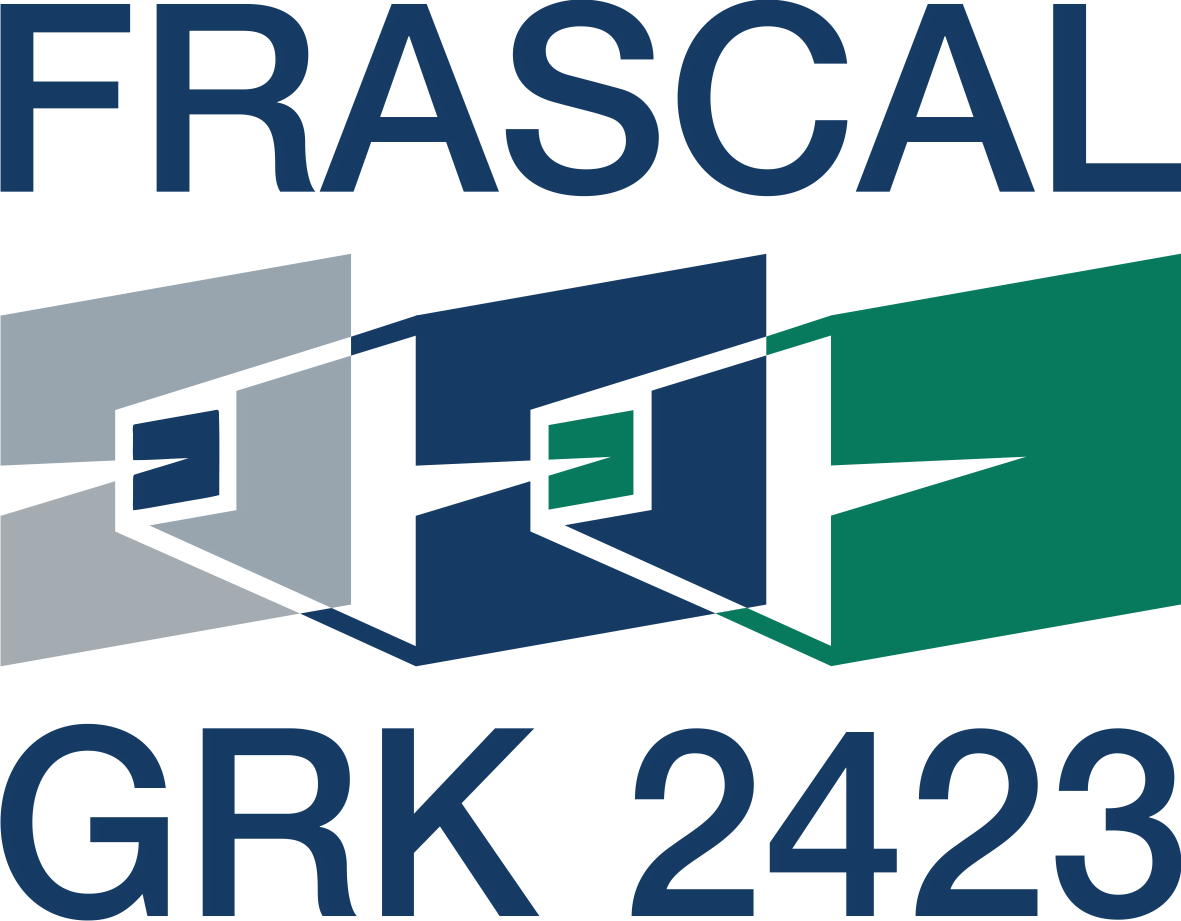Long Night of Sciences 2019
On 19 October 2019 from 6 pm to 1 am numerous institutes in the Erlangen, Fuerth and Nuremberg region participated in the Long Night of Sciences (Lange Nacht der Wissenschaften, LNdW). The Research Training Group GRK 2423 FRASCAL also presented the interested public its research topics in a vivid way.
FRASCAL was involved in the Science Night with five stations.
The first booth was located right at the entrance to the showroom inviting visitors to learn about the different modes of fracture demonstrated by using simple everyday materials such as paper, Styrofoam and PU foam. It was also exciting to observe how differently cracks propagate in the various materials. Finally, the idea and the fracture behaviour of composite materials could also be demonstrated with plastic straws and ice-cream sticks.
At a different stand, young and old were able to learn how different materials break with the example of sweets. Thus, lollipops exhibit a brittle behaviour, comparable e.g. with glass. Some caramel-filled chocolate bars, however, deform only before they break and behave like a metal. Even the breaking behaviour of particle composites or layer composites could be shown very clearly with chocolate bars spiked with puffed grain (even with predetermined breaking points!) or chocolate bars with alternately arranged waffle and chocolate layers. Of course, the visitors could convince themselves of the different behaviour and take the demonstration material with them.
At another station, not only the female scientific members of GRK 2423 FRASCAL were presented in a photo gallery, but visitors could also test their knowledge of (further) famous female researchers in the form of a quiz and – if successful – were rewarded with a small sweet prize.
At the same booth, the audience could learn about the history of fracture mechanics, got to know or remember historic, spectacular accidents of means of transport due to material failure and what role fracture mechanics plays in avalanche release. Likewise, important scientists were presented, who made substantial contributions in the areas of fracture theory and mechanics, material fatigue and computational methods in mechanics.
To show that our RTG is developing simulation methods to better understand the multi-scale nature of fracture behaviour, visitors were given the opportunity to use virtual-reality glasses to virtually explore the world of a crack in three-dimensional space with atomic resolution and experience „virtual destruction“ in this way. An impressive experience!
The presentation of the GRK 2423 FRASCAL attracted a lot of attention throughout the whole night and it was amazing how the doctoral researchers of FRASCAL, with their diverse, creative ideas and fresh presentations made the topic “fracture” and “fracture behaviour of various materials” accessible to the general public.





























